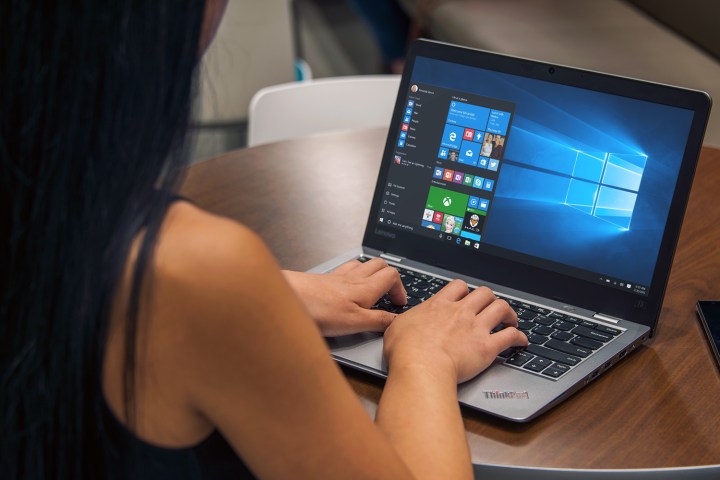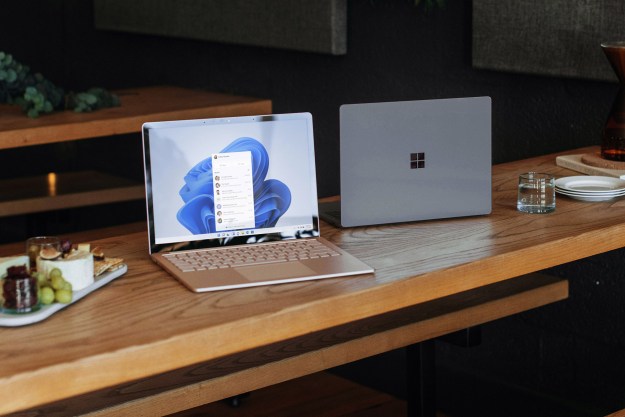
“By delivering these [exploit] mitigation techniques, we are increasing the cost of exploit development, forcing attackers to find ways around new defense layers,” they said. “Even the simple tactical mitigation against popular read-write primitives forces the exploit authors to spend more time and resources in finding new attack routes.”
The first attack campaign began in June by “unidentified actors” using “Hankray” against targets located in South Korea. The campaign consisted of low-level attacks and was followed up by a second campaign in November using Hankray as well. This second wave took advantage of a flaw in the Windows font library, aka CVE-2016-7256, that enabled hackers to elevate a PC’s account privileges and install the Hankray backdoor.
“The font samples found on affected computers were specifically manipulated with hardcoded addresses and data to reflect actual kernel memory layouts,” they said in Friday’s report. “This indicates the likelihood that a secondary tool dynamically generated the exploit code at the time of infiltration.”
With Windows 10 Anniversary Edition, font exploits are mitigated by AppContainer, preventing them from taking place on the kernel level. AppContainer includes an isolated sandbox that blocks exploits from gaining escalated privileges of a PC. According to the duo, this walled-in space “significantly” reduces the chances of using font parsing as an angle of attack.
“Windows 10 Anniversary Update also includes additional validation for font file parsing. In our tests, the specific exploit code for CVE-2016-7256 simply fails these checks and is unable to reach vulnerable code,” they added.
The second attack was a spear-phishing campaign in October. Launched by the Strontium attack group, the attack used an exploit for the CVE-2016-7255 vulnerability along with the CVE-2016-7855 vulnerability in Adobe Flash Player. The group targeted non-government organizations and think tanks in the United States. Essentially, the group used the Flash-based security hole to get access to the win32k.sys vulnerability to gain elevated privileges of the targeted PCs.
However, Anniversary Update includes security techniques that defend against the Win32k exploit along with other exploits. More specifically, Anniversary Update prevents attackers from corrupting the tagWND.strName kernel structure and using SetWindowsTextW to write arbitrary content in kernel memory. This prevention is achieved by performing additional checks for the base and length fields to verify that the virtual address ranges are correct and that they are not usable for read-write primitives.
Microsoft provides a document about the added security measures cramming into Windows 10 Anniversary Update as a PDF here. As always, Windows Defender is built into the Windows platform as a free service, automatically protecting customers against the latest threats. Microsoft also offers the Windows Defender Advanced Threat Protection subscription service for the enterprise, providing a “post-breach” layer of protection.
Editors' Recommendations
- Windows 11 vs. Windows 10: finally time to upgrade?
- Microsoft plans to charge for Windows 10 updates in the future
- Windows just gave us another reason not to download fresh updates
- Update Windows now — Microsoft just fixed several dangerous exploits
- Can’t get the Windows 11 22H2 update? There could be a good reason why


